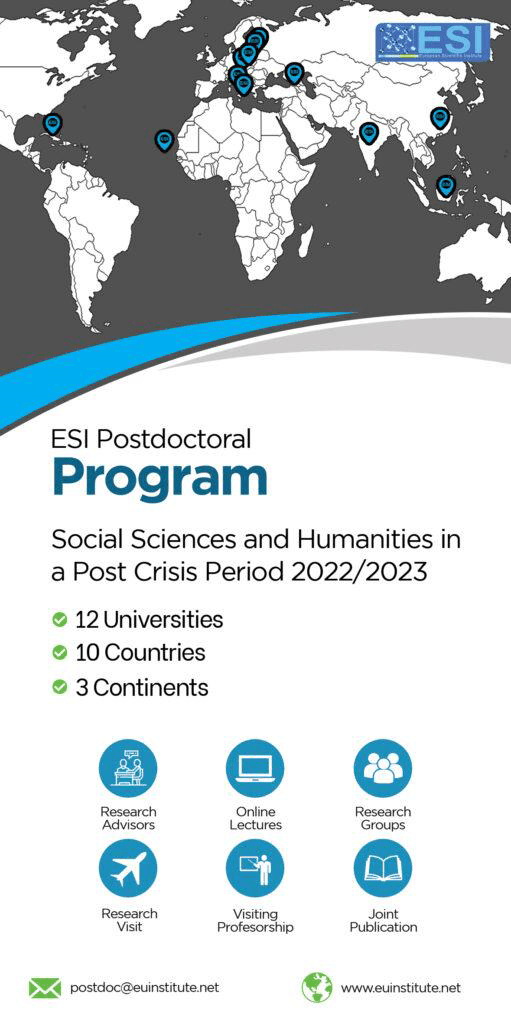BAISSE DES TAUX DIRECTEURS ET COMPORTEMENT DE L’OFFRE DE CREDITS BANCAIRES AU CAMEROUN : Une approche ARDL et VAR
Abstract
In this article, we analyze the reaction of the availability of bank credit to Cameroon following a rate cut from the Bank of Central African States (BEAC). This article stands out from previous work based on various assumptions and methodology. In addition to the VAR (Vector Auto Regressive) generally used nowadays, we used the Auto Regressive model to delay Echelonné1 (ARE). This was done so as to take account of the credit term dynamics when interest rates fall. The data covered the period from 1991 to 2014. Overall, the results show that the supply of credit reacts weakly to lower interest rates. This effect is justified by the combined excess bank liquidity to credit rationing. This study aims at improving the transmission of monetary policy through increase in reserve requirement ratio by BEAC. In addition, it aims to improve the institutional framework for access to bank credit, especially the development of the security market.Downloads
Download data is not yet available.
Metrics
Metrics Loading ...
Published
2015-11-27
How to Cite
M’bakob, G. B., Tchounga, A., & Kamajou, F. (2015). BAISSE DES TAUX DIRECTEURS ET COMPORTEMENT DE L’OFFRE DE CREDITS BANCAIRES AU CAMEROUN : Une approche ARDL et VAR. European Scientific Journal, ESJ, 11(31). Retrieved from https://eujournal.org/index.php/esj/article/view/6601
Section
Articles







